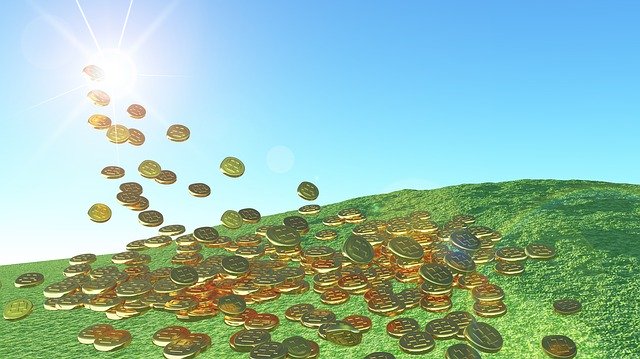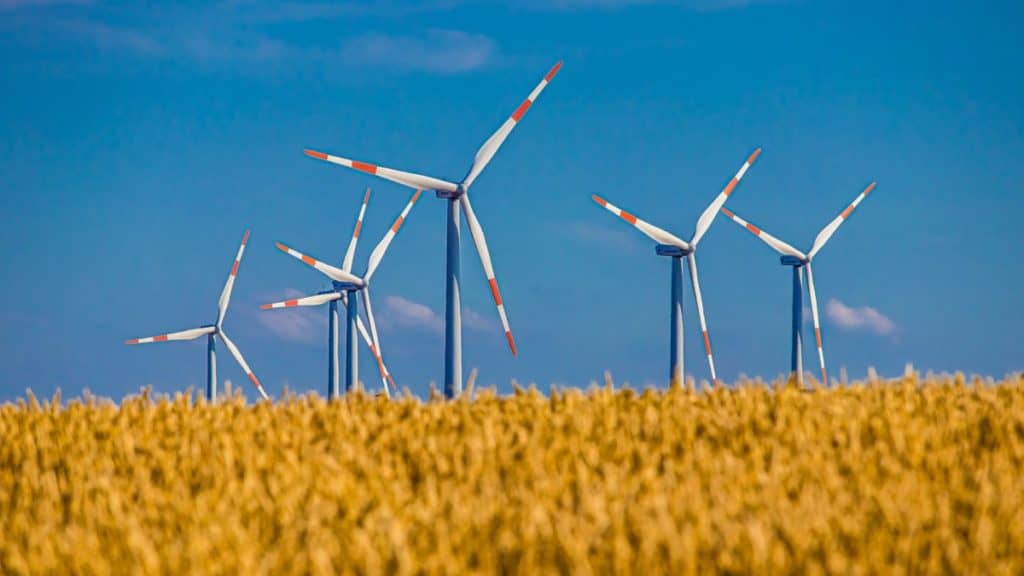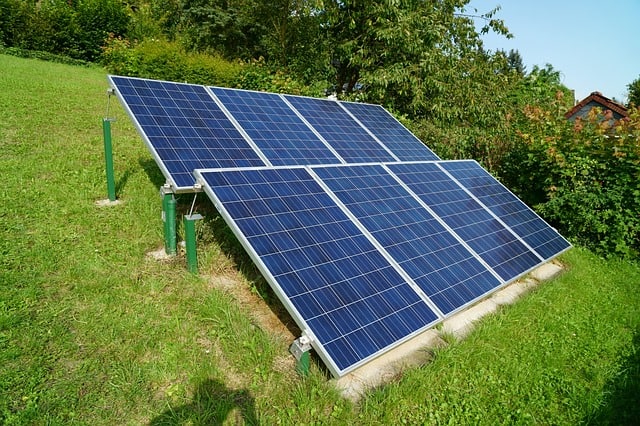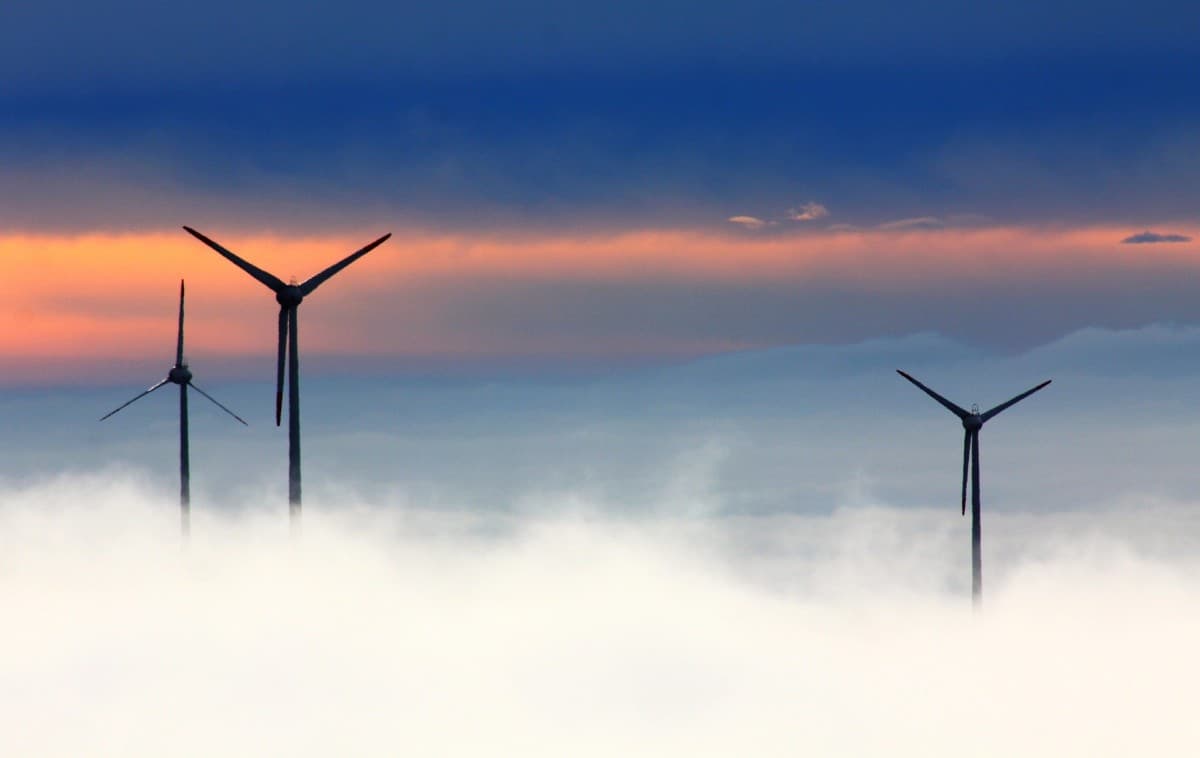Facts About Renewable Energy
What is renewable energy?
The term renewable energy refers not only to an energy source but also to different alternative energy sources. In principle, it refers to the energy that can infinitely supplement its energy.
Unlike non-renewable energy sources, renewable energy sources can be regenerated or replenished indefinitely, in other words they are natural resources. In this article, you will learn more interesting facts about renewable energy.
What are renewable resources?
There are many types of renewable energy available. Among these energy types, you can use solar energy, wind energy, and geothermal energy to power your house. You will notice that some houses use solar panels to generate electricity and heat, while some houses use geothermal heat pumps for heating.
Using solar energy, you can get electricity or hot water to heat the house. Sunlight is converted into energy by photovoltaic panels: PV, the name for PhotoVoltaic-“Voltaic” comes from the Italian physicist Alessandro Volta (Alessandro Volta), the physicist because of certain inventions related to energy It is known as a method of generating electrical energy by converting solar radiation.
It is converted into direct current using semiconductors that produce a photovoltaic effect. Photovoltaic power generation uses solar panels composed of many solar cell containing photovoltaic materials.
However, the world’s future depends on the use of these renewable resources on a global scale to produce electricity and other forms of energy.
To achieve this goal, various renewable energy plants are now being built around the world. The largest of these are hydroelectric power stations, which are built near rivers and other places where water flows.
At the same time, wind power plants are becoming increasingly popular all over the world. Wind farms are under construction, and 20 or more wind power plants will be constructed to obtain maximum output from wind power plants.
Today, other forms of renewable energy are still used. Geothermal power plants are located in many parts of the world, while wave energy and tidal energy are concentrated on other countries’ ocean coasts.
Why use renewable energy?
Most things in life require energy to function. This energy can come from a variety of sources, some of which are renewable, and some are not. In recent years, there has been much discussion about renewable energy and its positive impact. Renewable energy is becoming more popular because it is environmentally-friendly, efficient, and reliable. Here are seven reasons to use renewable energy:
1. Renewable energy is environmentally-friendly – renewable sources of energy don’t produce greenhouse gases that contribute to climate change. Burning traditional sources of energy, like coal and oil, produces carbon dioxide and other greenhouse gases. Renewable energy is environmentally-friendly because it doesn’t produce these harmful emissions. Renewable sources include crops and biomass that grow in fields or forests.
2. Renewable energy is efficient – using renewables can be more effective than using traditional sources of energy because they have low emissions and lack the wastefulness of nonrenewable sources of power. For example, a power plant that produces electricity from coal produces more carbon dioxide than one that produces electricity from biomass. Using biomass instead of coal reduces the amount of greenhouse gases produced by the power plant.
3. Renewable energy is reliable – because it uses less fuel, it can be more efficient and produce more power. The water used for electricity generation from biomass can be more easily recycled. The use of biomass also decreases the need for artificial fertilizers and pesticides, which are often produced in large quantities and cause air pollution.
4. Renewable energy is sustainable – the world’s reliance on nonrenewable sources of energy won’t be able to continue for much longer. Biomass, a renewable energy source, can help us to reduce our dependency on fossil fuels. The reactor is based on a bioreactor that converts the waste from wastewater treatment into biodiesel fuel. The reactor is designed to be modular and can be expanded as needed.
5. Renewable energy is cost-effective – Renewable energy is cost-effective. Renewable energy technologies, such as solar and wind power, have become more affordable in recent years, and they are now cost-competitive with traditional forms of energy generation. In some cases, renewable energy is even less expensive than fossil fuels. A recent study by the National Renewable Energy Laboratory found that the costs of renewable energy technologies are dropping faster than expected. The study found that the cost of solar photovoltaic (PV) systems has fallen by 73 percent since 2009, and the cost of wind power has fallen by 41 percent over the same period.
The falling costs of renewable energy technologies are making them increasingly competitive with traditional forms of energy generation. According to a report by Bloomberg New Energy Finance, renewables will be the cheapest form of electricity in every major global market by 2040.
6. Renewable energy can be used for a variety of purposes – renewables can be used to produce electricity, heat and transport fuels. Biomass, solar, geothermal and wind power systems can produce enough electricity for millions of people.
7. Renewable energy can be produced in a variety of ways – many countries are developing renewable sources of electricity such as wind, hydroelectric and wave power. The United States is also experimenting with the use of algae to produce fuel for powering cars and trucks.
Benefits of renewable energy

The use of renewable energy is very cost-effective. Once companies or individuals have established a way to generate their own energy, they can bid farewell to utility bills. For example, solar energy is very useful for powering equipment in homes and generating heating systems.
If people use renewable energy, the world’s natural renewable resources will not be consumed quickly. Over time, natural gas, coal, and oil will all be consumed, which will cause them to cease to exist.
The supply of these naturally occurring substances is not unlimited, and eventually, they will be completely exhausted. Using green energy can prevent this from happening.
Using renewable energy helps keep the surrounding air fresh and clean. In contrast, using non-renewable forms of energy will produce smoke chemicals that will pollute the air. Fortunately, the use of renewable energy does not cause any pollution.
By producing renewable energy, no harmful and dangerous substances are produced. After all, the use of wind, water, or solar power generation does not involve any type of activity produced by-products. Unfortunately, the same cannot be said for nuclear energy, which is a tricky problem for some people.
Unlike non-renewable energy, renewable energy will eventually not be consumed. For example, those who use solar energy will always be able to use the sun’s energy. Wind turbines will always be able to use wind power. Tides will always produce enough waves to produce energy that can be easily utilized.
Another reason for focusing on alternative energy is that it helps slow global warming. By depleting the fuel that produces carbon emissions, the earth’s climate is changing, and it’s not getting better. This has led to the death of plants and animals in certain areas, and people are beginning to feel this effect.
Why use renewable energy ?
Most people would rather consider renewable energy than nuclear energy. This is due to a potentially harmful situation that a nuclear generator may cause. People worry about nuclear power plants and Chernobyl is a good example. Most people do not have to worry about nuclear energy and prefer to rely on renewable energy.
What are the types of renewable energy?

Renewable energy resources is a term used to describe sources of energy that are replenished naturally. These sources include solar, wind, water, geothermal, and biomass. Renewable energy has become more popular in recent years as people have become more aware of the benefits it offers. Some of the advantages of renewable energy include its low environmental impact due to lower greenhouse gas emissions, its potential to create jobs, and its ability to reduce dependence on fossil fuels.
The technology and efficiency of generating energy from these energy sources are still lower than those most people are used to and have not yet reached the efficiency of fossil fuel production.
Cost efficiency has always been one of the biggest obstacles in the field of renewable energy. The technology behind these different types of renewable energy is much more expensive than the technology we currently use.
Geothermal power
Geothermal power is a type of renewable energy that comes from the Earth’s heat. This energy can be used to generate electricity and to heat homes and businesses. Geothermal power plants use steam or hot water from the Earth to turn turbines and create electricity. There are three types of geothermal power plants: dry steam, flash steam, and binary cycle. The United States has the potential to produce enough geothermal energy to power all of its homes, schools, and businesses.
Hydro power
Hydro power is a renewable energy source that uses water to create electricity. It is considered one of the most efficient and reliable forms of renewable energy, and it has a very small environmental impact. Hydro power plants can be used to generate electricity from a variety of water sources, including rivers, lakes, and ocean waves. Ocean wave power is the use of ocean waves to produce electricity. Wave energy has been around for a long time and is widely used in many parts of the world, including Japan, India, China, and Canada.
Wind Turbines
A machine that converts wind energy into electrical energy. The only fuel required is the wind, so it is free and unrestricted. Although the price of small home systems has become affordable, the initial capital cost may be considerable.
The theory behind a wind turbine is simple: a wind turbine drives the main shaft to run an alternator, which converts mechanical energy into electrical energy.
Then directly connect this power supply for consumption, storage, or both. Excess electricity can also be directed back to the grid for use by other users.
Essentially, uninterrupted continuous good wind energy supply throughout the year is rare. This is why wind turbines are often combined with another renewable energy source, solar energy.
Even if wind energy is used only as a supplement to the public power grid, it will be beneficial in cutting electricity bills and benefiting the environment.
Solar energy

The process of creating the above renewable resources is certainly much more expensive than our non-renewable resources. For example, compared to our current electricity supplier, converting solar energy to electricity is still very expensive.
Although our solar energy is free and renewable, installing solar panels that capture sunlight and convert it into electrical energy is very expensive.
Compared with fossil fuel power suppliers, even companies that currently use solar energy sell electricity at a higher price. In addition to all of this, in the long run, solar energy is still considered cheaper and more environmentally friendly.
No matter where you are, you can buy renewable energy from an electricity retailer to offset fossil fuels’ consumption. If you can’t afford the cost of switching to household alternative energy, its cost is only slightly higher than the standard energy price. It can provide you with a helpful environment, even if only a little.
Biomass energy
In recent years, biomass energy has become a more popular source of renewable energy. Biomass is organic matter that can be burned to produce heat or electricity. The most common form of biomass is wood, but other materials, such as agricultural waste and municipal solid waste, can also be used. One advantage of biomass energy is that it is carbon neutral. That means the carbon dioxide released into the atmosphere when the fuel is burned is equal to the amount of carbon dioxide that was absorbed by the plants used to produce the fuel.
Biomass energy is also relatively cheap and easy to use. It can be burned in traditional power plants or converted into liquid or gaseous fuels for use in vehicles or homes. However, there are some drawbacks to using biomass energy. For one thing, there is a shortage of biomass energy on the market. Most biomass comes from trees, but forests have been cut down to build roads and develop land for farming. Also, biomass energy can be produced only where there are trees or wood. If a forest is destroyed to make way for farmland, that energy source is lost forever.
What is the international renewable energy agency
The International Renewable Energy Agency (IRENA) is a global intergovernmental organization that supports countries in their transition to a sustainable, low-carbon energy future. It was founded in 2009 by 146 countries and the European Union. IRENA’s mission is to provide knowledge, policy advice and technical support to countries seeking to increase the share of renewable energy in their energy mix.
Renewables are an important part of the global energy mix, accounting for almost one-third of global electricity generation. But renewables still face significant challenges in terms of cost, reliability and integration into the grid. IRENA is working to address these challenges through its work on technology innovation, market creation, and capacity building.
What is the U.S. Energy Information Administration
The U.S. Energy Information Administration (EIA) is a statistical agency of the United States Department of Energy. The EIA’s mission is to collect, analyze, and disseminate independent and impartial energy information to promote sound policymaking, efficient markets, and public understanding of energy and its interaction with the economy and the environment. The EIA was created in 1974 by President Richard Nixon as an independent agency of the United States Government. It is part of the United States Department of Energy, under the office of Secretary of Energy. The EIA’s headquarters are located at 2201 L Street, N.W.
Facts About Renewable Energy Conclusion:
Renewable energy facts; Renewable energy is a hot topic in the world today. As the world’s population continues to grow, so does the demand for energy. At the same time, we are becoming more aware of the negative environmental impacts of traditional energy sources like coal and oil. Renewable energy offers a cleaner, more sustainable alternative. There are many different types of renewable power, each with its own unique benefits.
Read more of my renewable energy articles
Recent Posts
Wind Energy and Its Economic Benefits for Local Communities Firstly wind energy has emerged as a powerful driver of economic development, particularly in local communities. It provides a...
Potential Energy in a Spring: Understanding the Fundamentals
Potential Energy in a Spring Firstly, understanding the potential energy in a spring is fundamental to grasping how energy is stored and transferred in various physical systems. Springs, as...


